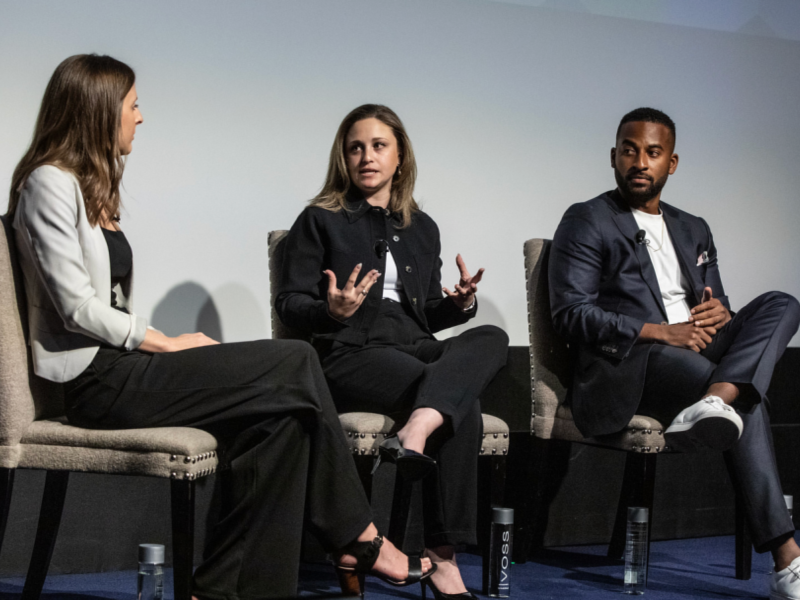Diana Marszalek 08 May 2023 // 1:16AM GMT

NEW YORK —Pushing influencer marketing to the next level, consumers are increasingly expecting dynamic content from brands and creators, forcing marketers to revamp how they engage consumers in a video-dominated world, said speakers at PRovoke Media’s North America summit last week in New York.
“There was a time when you could throw up a static image, low effort, and your followers were receptive to that. Things have changed so much It takes a lot to captivate an audience member now,” said Brian Lindo, a content creator who works with food & lifestyle brands.
“You need to provide value and I think that’s where the term influencer switches to content creator. Content creators are people who bring value whether that’s entertaining, whether that’s motivating. It’s way more complex than a simple photograph,” he said.
Lindo’s comments were part of a Zeno Group-sponsored discussion on the growing demand for video content that truly resonates with consumers, and how brands must change the way they engage consumers through partnerships with creators. Also participating was Ali Lieberman, The Kraft Heinz Company’s manager of North American brand PR and earned media, and moderator Colleen O’Hara, Zeno’s senior VP of digital.
Lieberman said Kraft Heinz has shifted its partner content strategy to “give consumers what they want,” which has resulted in video accounting for 99% of the brand's partner content. “What we love about the shift to video is that it’s given us the chance to share our brand story and humanize these iconic brands,” she said.
Lieberman said Kraft Heinz measures the success of video content based on video view rates.
Lindo, however, said what constitutes success varies per post. Save rates, for instance, are important for videos that include recipes or other information, he said.
Regardless, both Lieberman and Lindo said consumers’ new expectations for content are having an impact in the approach and quality of their work.
“It has forced us to up our game,” said Lieberman, adding that an aversion to ads, particularly among young consumers, has put brands at a disadvantage.
“As we have changed our strategy It has forced us to really drill down on developing thumb- stopping, engaging and exciting content that provides value to consumers,” she said.


































.jpg)


















